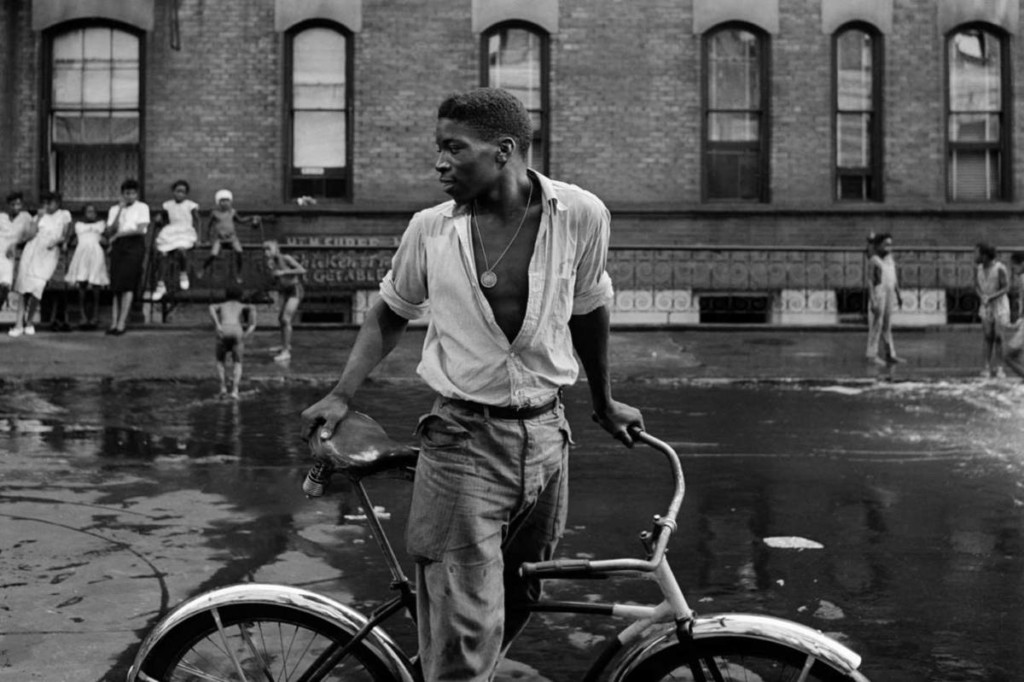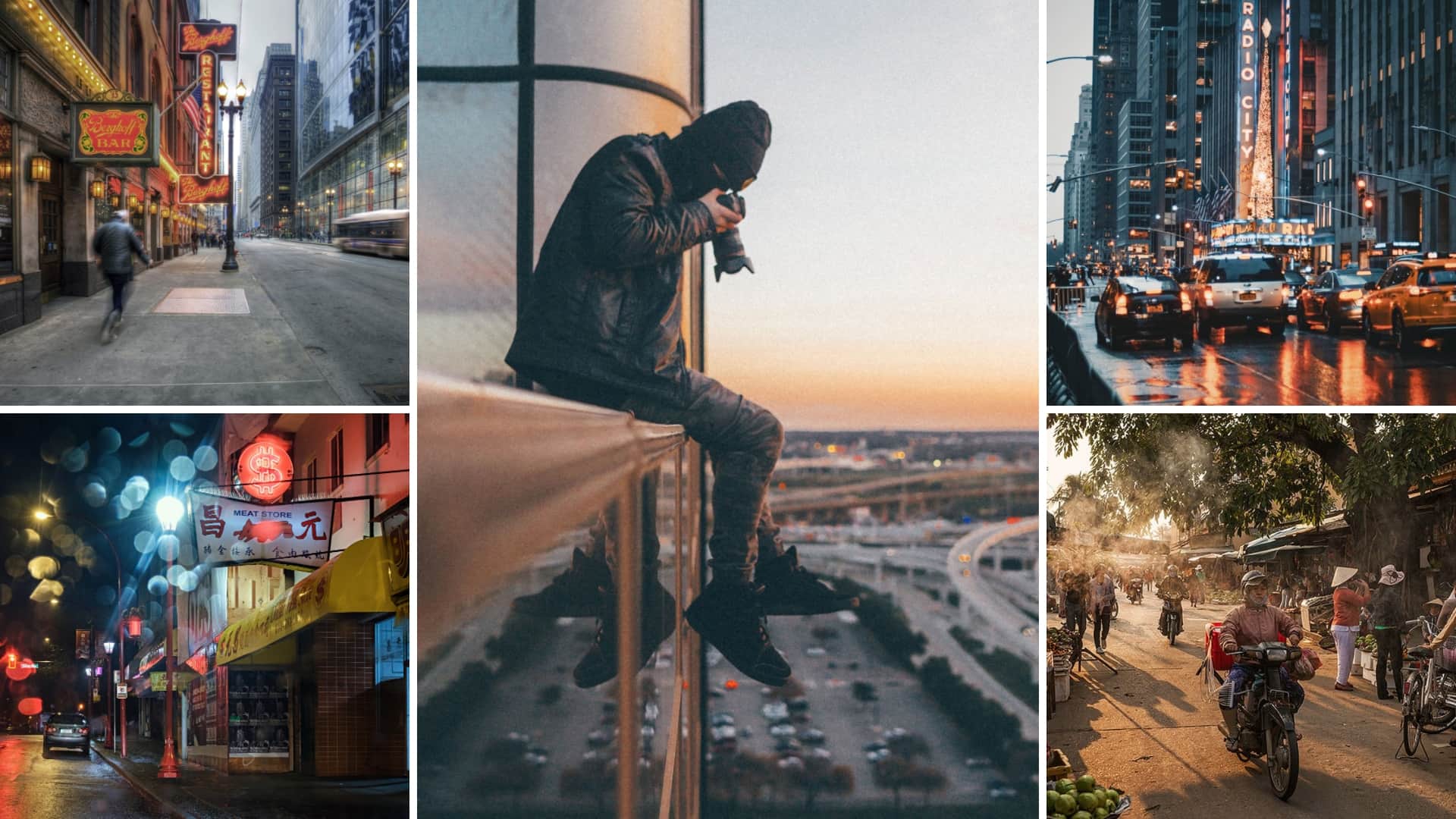Framing Streets Fundamentals Explained
The Single Strategy To Use For Framing Streets
Table of ContentsThe 20-Second Trick For Framing StreetsSome Known Incorrect Statements About Framing Streets Little Known Facts About Framing Streets.How Framing Streets can Save You Time, Stress, and Money.Fascination About Framing StreetsThe Ultimate Guide To Framing Streets
Photography style "Crufts Pet dog Show 1968" by Tony Ray-Jones Street photography (also occasionally called candid digital photography) is digital photography carried out for art or query that features unmediated opportunity experiences and arbitrary cases within public areas, usually with the purpose of catching images at a decisive or touching moment by mindful framing and timing. 
, that was inspired to carry out a comparable documentation of New York City. As the city created, Atget assisted to advertise Parisian streets as a worthy subject for digital photography.

Some Of Framing Streets
Martin is the very first tape-recorded professional photographer to do so in London with a masked cam. Mass-Observation was a social research study organisation established in 1937 which aimed to videotape daily life in Britain and to videotape the responses of the 'man-in-the-street' to King Edward VIII's abdication in 1936 to marry separation Wallis Simpson, and the succession of George VI. The principal Mass-Observationists were anthropologist Tom Harrisson in Bolton and poet Charles Madge in London, and their very first report was created as guide "May the Twelfth: Mass-Observation Day-Surveys 1937 by over 2 hundred onlookers" [] Window cleaner at Kottbusser Tor, Berlin, by Elsa Thiemann c. 1946 The post-war French Humanist Institution digital photographers found their subjects on the street or in the important link restaurant. Andre Kertesz.'s extensively admired Images la Sauvette (1952) (the English-language version was titled The Decisive Moment) promoted the concept of taking an image at what he termed the "decisive moment"; "when form and web content, vision and composition combined into a transcendent whole" - Street photography hashtags.
The 30-Second Trick For Framing Streets
, after that a teacher of young children, connected with Evans in 193839.'s 1958 publication,, was considerable; raw and often out of focus, Frank's images questioned traditional photography of the time, "challenged all the official regulations laid down by Henri Cartier-Bresson and Walker Evans" and "flew in the face of the wholesome pictorialism and sincere photojournalism of American publications like LIFE and Time".